Getting your Trinity Audio player ready...
A teenage boy reading the Torah at a summer camp in Panama, two teenage girls blowing a shofar in Houston, Texas, and a bat mitzvah at the Hebrew school in Chile—these are just a few of the daily Jewish experiences documented by 100 teenagers from three different continents as part of the Jewish Lens photo competition. The result is a beautiful exhibition of 25 selected projects, which was inaugurated last weekend at Beit Hatfutsot—The Museum of the Jewish People in Tel Aviv.
The exhibition, which is a joint initiative of the museum and photographer Zion Ozeri, reveals how Jewish youth around the world perceive their Jewishness.
Rabbi Talia Avnon-Benveniste, director of the Koret International School for Jewish Peoplehood Studies (ISJPS) at Beit Hatfutsot, says she wanted to enlist the smartphone and youth’s tendency to take pictures of everything to manifest their Jewish belonging: “How are they part of the people? In what sense?”
6 View gallery
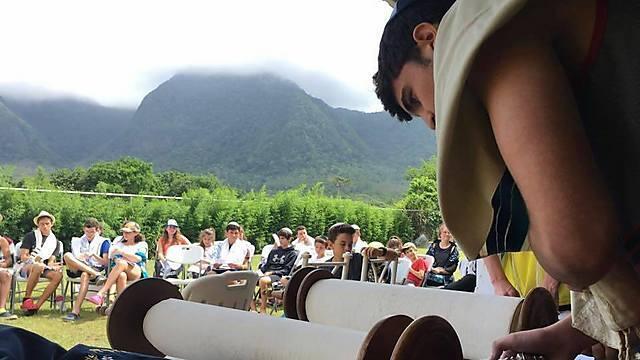

Ezequiel Noble, Noar Panama, Panama City, Panama: The joint prayer and Torah reading in the Noar Panama summer camp are formative events in Ezequiel’s life. The concept of God being everywhere is a meaningful part of his Jewish experience. The gathering in the open space brings together people who have the same desire and share the traditions of the Jewish people.
(צילום: יחזקאל נובל, פנאמה)
She received many diverse answers: Some 100 photographs were submitted to the competition, and the 25 selected ones, she says, point to “teenagers who focus on the family, the different generations, the items on the book shelf, the youth movement, the synagogue. Each with their personal point of view, but together we see an abundance and diversity of Jewish identity in the 21st century, as reflected in the eyes of teenagers.”
6 View gallery
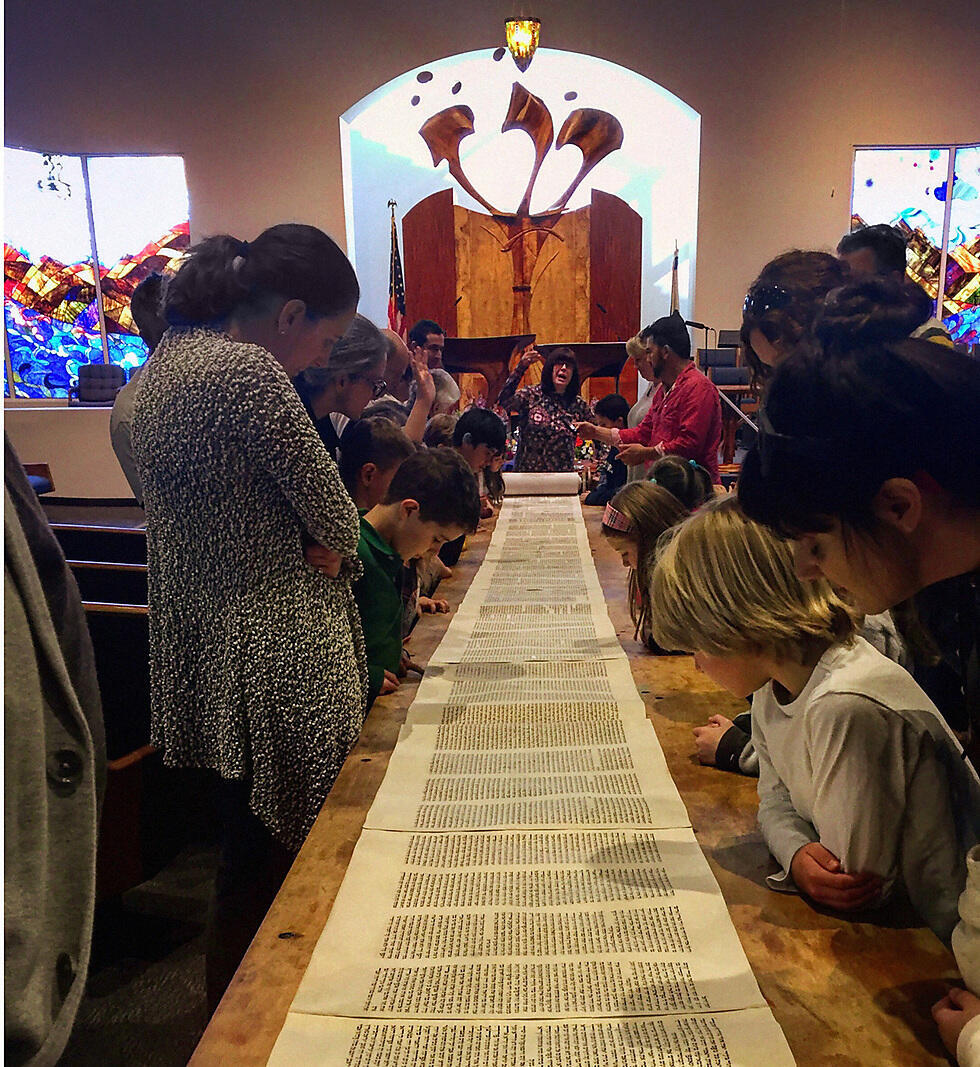

Nathan Brenner, Temple Adat Elohim Religious School, Thousand Oaks, California, US: Nathan uses the technique of perspective to illustrate that the Torah is limitless, connecting out past, present and future. ‘It is our job to pass on the legacy, and the best way to do that is to encourage young students to learn, love and embody the book that makes Jews who they are.’
(צילום: נתן ברנר, קליפורניה)
‘Shofar selfie’
One of the teens who used their cellphone to document their Jewish identity was Miriam Handel of Texas. “We are used to seeing this situation in so many pictures of youth who feel like posing for the camera, and here there may be a call for some form of subversion. It’s a penetrating picture. They are looking straight at the camera and blowing a shofar, appropriating a role that used to belong to men until now, with a lot of pride and joy," Avnon-Benveniste says.
6 View gallery
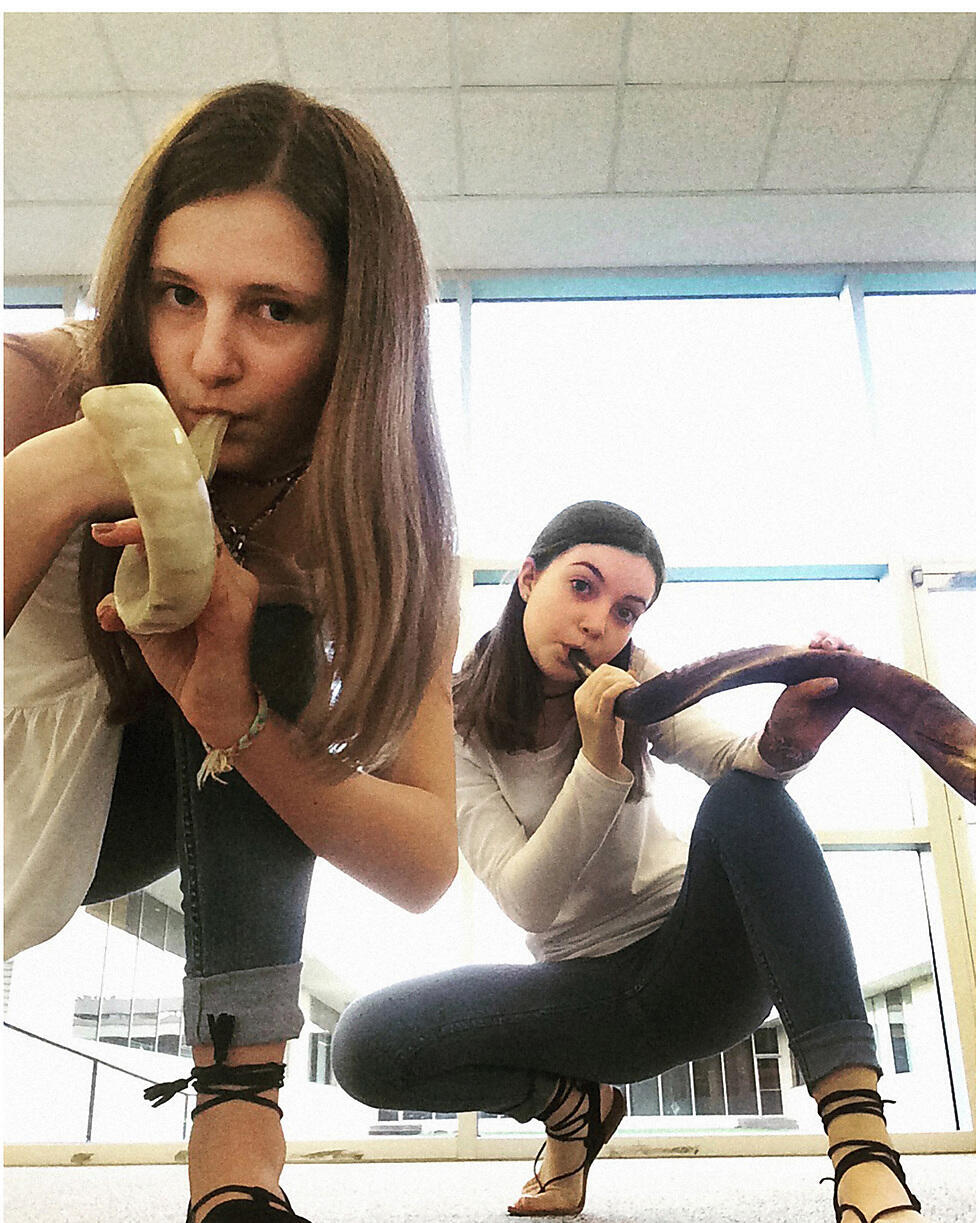

Miriam Handel, Kehillah High, Houston, Texas, US: Jewish identity revolves around expressing oneself creatively and giving meaning to years-old rituals. The ancient meets the contemporary, tradition meets movement, and young people make their voices heard in a Jewish way.
(צילום: מרים הנדל, טקסס)
“I find the picture of a girl being blessed with hands on her head very moving,” Avnon-Benveniste adds. “You see here a ceremony of a girl who feels very blessed—both for being Jewish and for being at the center of a community—receiving a blessing for her bat mitzvah, or for Shabbat, and she feels close to the people around her. I see it as a very beautiful choice of a girl who says, ‘I feel blessed to be Jewish.’”
Micaela Norambuena, Instituto Hebreo Santiago, Chile: ‘Three threads connect me to the Jewish people—my family, the Jewish school where I study, and the Tzeirei Ami youth movement to which I have belonged since the age of 10.’ Tradition, customs, Hebrew, Zionism and community are the essential parts of Micaela’s identity that enable her to continue to take an active and meaningful role in the community.
Another picture that made the exhibition was taken in Chicago and given the name “And These Words.” According to Avnon-Benveniste, “This picture looks inwards. We can’t actually see who is behind those hands, but we see the holy moment in which a person who could be a man or a woman, a boy or a girl, prays and reads ancient verses, seeking a moment of peace, of giving thanks, of introspection in the Jewish world of prayer.”
6 View gallery
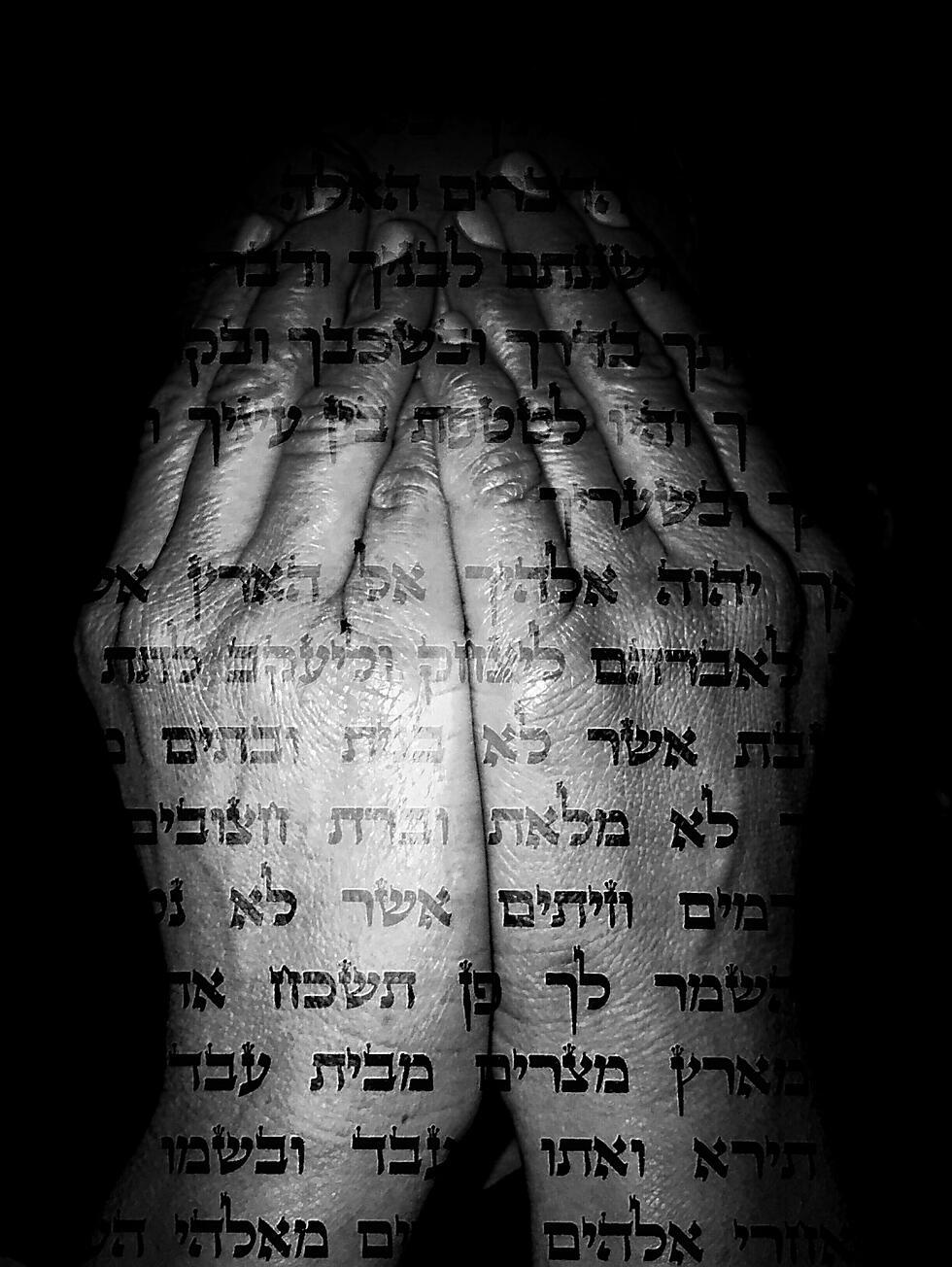

Justin Aronwald, Solomon Schechter Day School of Metropolitan Chicago, Northbrook, Illinois, US: And these words, which I command ‘you this day… bind them as a sign on your hand, and let them serve’ as a symbol between your eyes (Deuteronomy, 6:6-8). ‘When the Torah is imprinted on our hands, on our bodies, it reminds us about our Jewish history and traditions and gives us morals to live by.’
(צילום: ג'סטין ארנולד וסולומון שכטר, שיקאגו)
A reason to look forward with hope
The competition was launched at quite a difficult time for Jewish communities around the world, when Jewish identity has become a source of anti-Semitic and political persecution.
Avnon-Benveniste believes the differences between the situations of communities in Europe and in North America make it difficult to receive a comprehensive answer on how to deal with these hardships. The message, however, remains clear.
Sarah Strenger, Kulanu School of Jewish Studies, Margate, New Jersey, US: Sarah’s family has always collected tzedakah (charity) in an empty Jack Daniel’s bottle. This Jewish tradition goes back as long as she can remember, entwined in her childhood memories. Here, seen from the top, the bottle resembles a pond with the coins rippling out from the center, sending out waves of tzedakah to help those in need.
“Our challenge as a nation is to ensure that when young Jews look forward at the Jewish world, it will be out of hope rather than—God forbid—out of fear or conflict, as happened in different periods in history. Our challenge is to march as individuals, as families, as communities and factions side by side, and say: ‘It doesn’t matter what we’re going through—be it an external or internal threat—we’ll get through it together, out of joy and excitement about the future, rather than out of fear of what will happen," she says.
6 View gallery
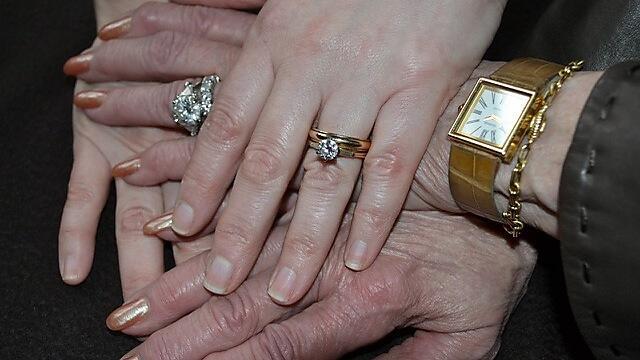

Sarah Davis, Bet Torah Mount Kisco, New York, US: ‘Almost everything I know about Judaism I learned through the hands of my mother and grandmother. The traditions that I will one day teach my children will have been passed down through them.’
(צילום: שרה דיוויס, ניו-יורק)
“I hear people from all around the world answering the question ‘what makes you part of the Jewish people?’ and there are always plenty of different answers. So it’s a great privilege to be dealing with these issues," Avnon-Benveniste adds. “I’m always very excited by the depth they ascribe to questions of identity, how much respect youth have for their family members, their parents, their grandparents. We see it in each and every picture."
6 View gallery
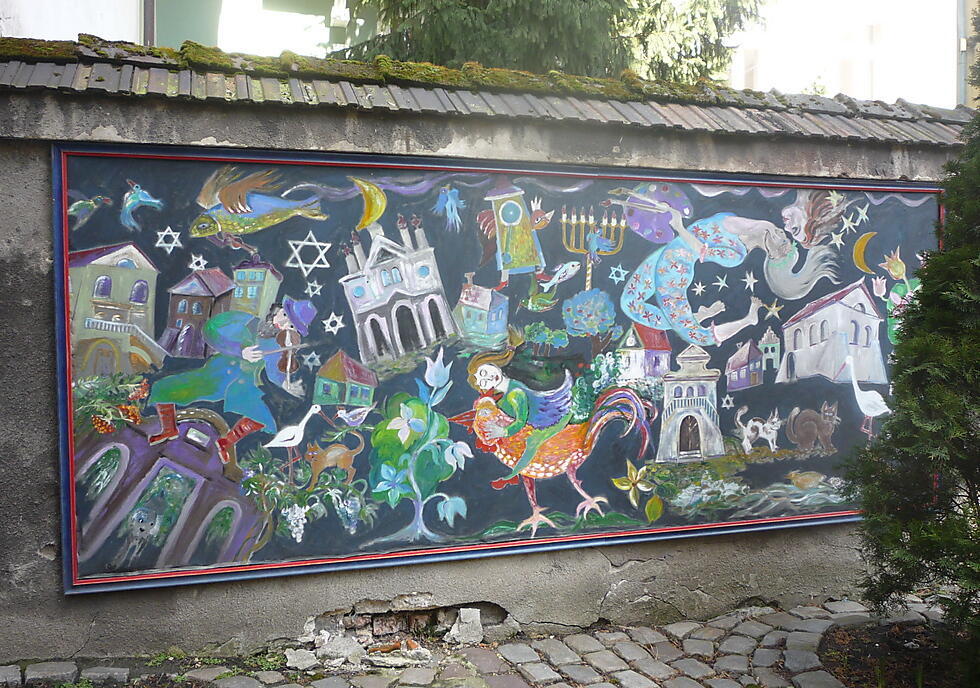

Grzegorz Sadurski, JCC Krakow, Krakow, Poland: This street art is a sign of revitalization in Krakow’s Jewish Quarter of Kazimierz. Jewish symbols in the style of artist Marc Chagall recall history and life in Kazimierz. They evoke ritual, music and folklore to tell the continuing story of Jewish life in Poland.
(צילום: גרגורי סדורסקי, פולין)
“When you browse through the pictures, one by one, you see how personal the connections are, yet they sit on some kind of sequence of the people’s identity, which is diverse but outlined. At the end of the day, this nation has a Jewish identity that is clear to all those who are part of the Jewish story,” she concludes.
Dana Zejerman, Escuela Integral Hebrea, Montevideo, Uruguay: This picture holds the three pillars of Dana’s Jewish identity—education, a Jewish way of life and continuity. The picture was taken in the school library, where she is studying. The hundreds of books represent education and knowledge, the Bible symbolizes for Dana the Jewish way of life, and the children in the background represent the future.

